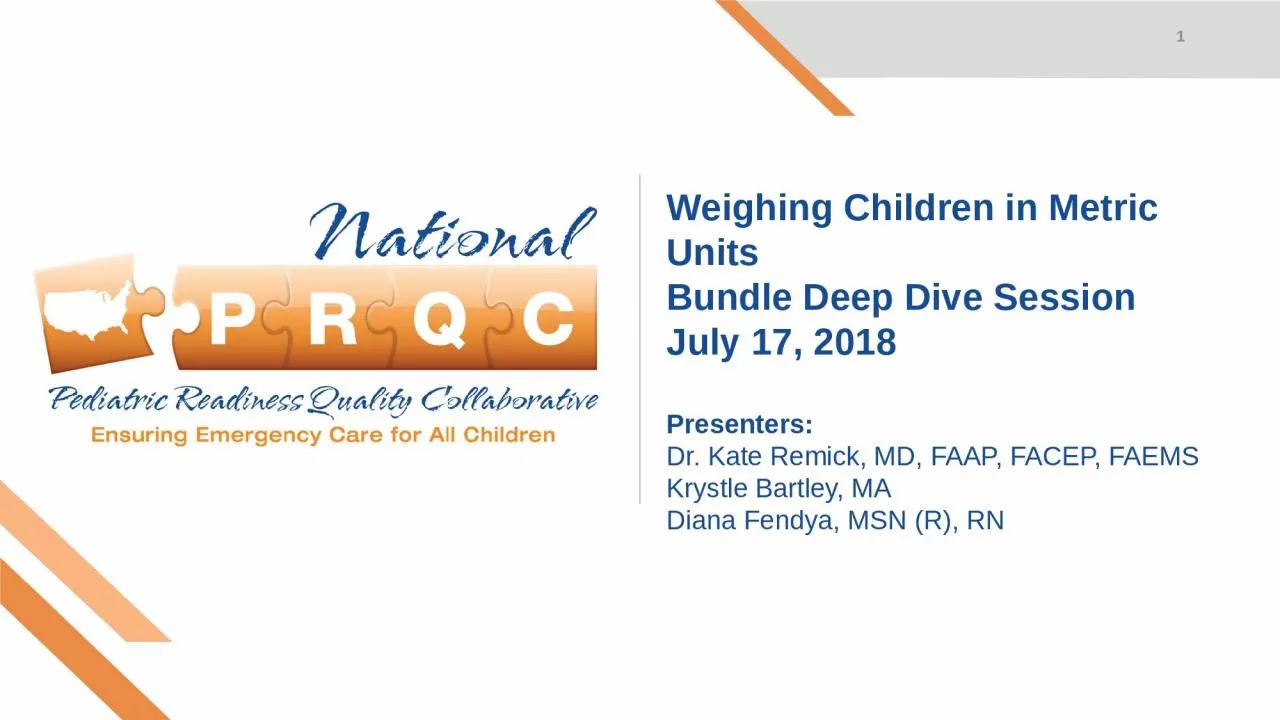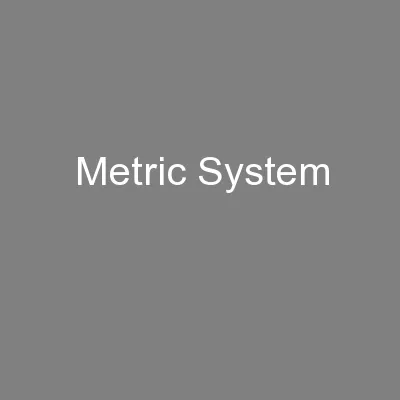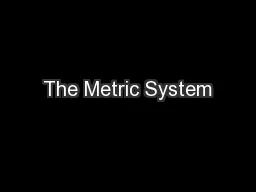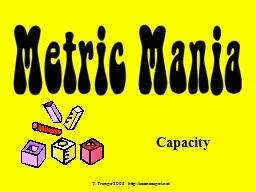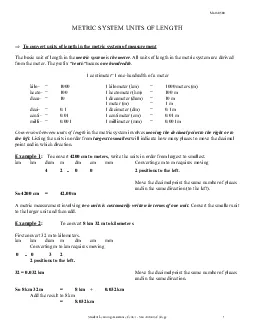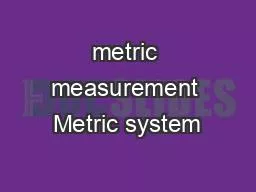PPT-1 Weighing Children in Metric Units
Author : violet | Published Date : 2024-02-09
Bundle Deep Dive Session July 17 2018 Presenters MD FAAP FACEP FAEMS Dr Kate Remick MD FAAP FACEP FAEMS Krystle Bartley MA Diana Fendya MSN R RN The HRSA MCHB
Presentation Embed Code
Download Presentation
Download Presentation The PPT/PDF document "1 Weighing Children in Metric Units" is the property of its rightful owner. Permission is granted to download and print the materials on this website for personal, non-commercial use only, and to display it on your personal computer provided you do not modify the materials and that you retain all copyright notices contained in the materials. By downloading content from our website, you accept the terms of this agreement.
1 Weighing Children in Metric Units: Transcript
Download Rules Of Document
"1 Weighing Children in Metric Units"The content belongs to its owner. You may download and print it for personal use, without modification, and keep all copyright notices. By downloading, you agree to these terms.
Related Documents

